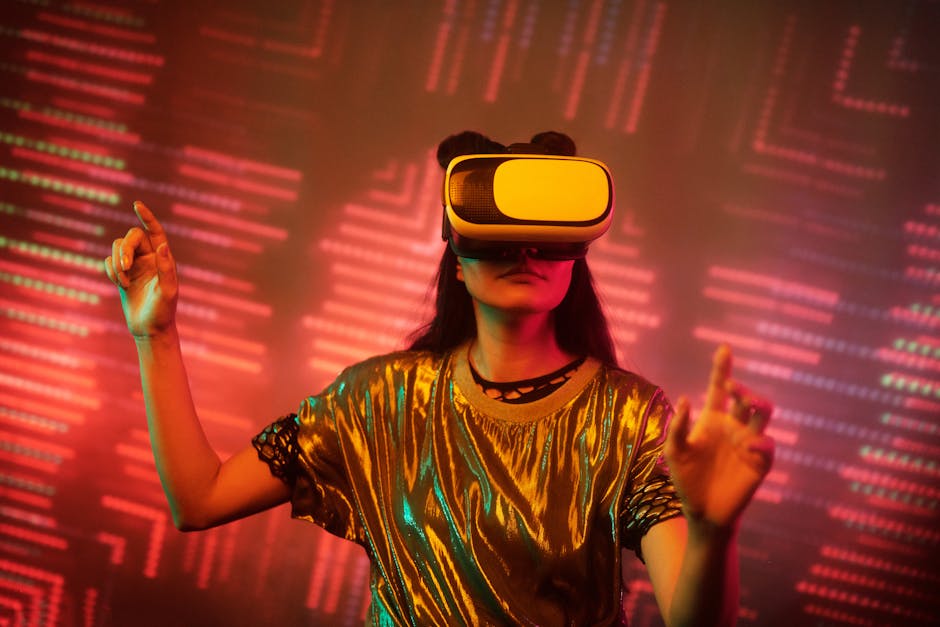Renaissance Gradient Techniques
Renaissance artists mastered the art of illusion, bringing depth and realism to flat canvases. Leonardo da Vinci pioneered the Sfumato technique, which involved gentle transitions between colors. His Mona Lisa exemplifies this, with its seamless blending of expression and landscape.
Sfumato, meaning "to evaporate like smoke," created subtle shadows and soft edges. It required a deep understanding of light and shadow interplay. Leonardo's work drew viewers into a soft-focus world where forms and light wrapped around each other.
Raphael introduced Unione, giving Sfumato a colorful twist. His work, like The School of Athens, maintained soft transitions while incorporating brighter hues. Unione blended colors while retaining their vibrancy, creating a visual feast where figures seemed to pulse with life.
These gradient techniques laid the groundwork for future generations. They offered a glimpse into how Renaissance minds translated human experience onto panels and plaster, inviting exploration and delight.
Contemporary Gradient Applications
In today's digital world, gradients have evolved dramatically. Modern artists use digital tools to create seamless transitions with millions of colors. Software like Adobe Photoshop and Illustrator offer unprecedented control over color blending, allowing for endless experimentation.
Contemporary gradients are more than just visually appealing; they've become storytelling devices. In digital art, they achieve realism, lending paintings and illustrations a living quality. Graphic design has embraced gradients as vibrant focal points, guiding viewers' eyes across screens and emphasizing information.
Data visualization harnesses gradients to transform complex information into engaging stories. Color transitions highlight trends and correlations, making abstract numbers more digestible.
Gradients now permeate every digital field, symbolizing the integration of technology and creativity. Today's artists craft visual stories that expand on the work of Renaissance masters, using not just brushes, but networks and codes.
Psychological Impact of Gradients
Gradients are emotional catalysts, capable of evoking various feelings. Renaissance artists used subtle transitions to create serenity, inviting viewers into a world of nuanced emotional depth.
In our digital age, gradients communicate on a different level. Bold shifts in digital media can charge an image with energy, invigorating the viewer. Studies suggest that color flow affects our perceptions and emotions, capable of soothing or exciting the senses.
Contemporary gradients evoke emotional reactions similar to their historical use, but with new layers of meaning. Artists and designers can manipulate emotional responses precisely, using gradients to depict:
- Journeys from comfort to introspection
- Spaces that feel both intimate and boundless
- Transitions between emotional states
In both art and daily life, gradients represent the flow inherent in human experience. They offer a visual passage between reality and imagination, reminding us that art's power lies in its ability to make us feel.
Evolution of Color Theory
Color theory has evolved significantly since the Renaissance. While artists then understood color interplay instinctively, they lacked the scientific frameworks we have today.
The 20th century brought major advancements:
- Johannes Itten at the Bauhaus treated color as a symphony with psychological power
- Josef Albers demonstrated how colors change when placed against different backgrounds, showcasing the illusion of interactivity
These insights have redefined art's expressive vocabulary. Our digital age owes much to these predecessors, allowing artists to meticulously orchestrate colors digitally.
Today, technological advancements continue to expand color theory's domain. Artists can create colors unhindered by earthly constraints, tapping into uncharted territories of imagination. Yet, the essence of Itten and Albers remains, reminding us that color is not merely seen but felt.
Technological Influence on Gradients
Digital technology has transformed gradient creation, offering countless hues at artists' fingertips. Tools like Adobe Photoshop allow for precise color transitions, but this freedom comes with its own challenges.
Digital artistry isn't bound by physical constraints, enabling:
- Surreal color environments
- Hypnagogic landscapes
- Dynamic, interactive color experiences
However, translating these digital wonders to the physical world can be tricky, as colors may render differently on screens versus printed materials.
Despite challenges, technology offers exciting prospects for gradients in virtual reality and interactive media. Gradients can become integral components of storytelling, shifting dynamically in response to user interactions.
The democratization of digital tools means anyone can experiment with gradients, blurring lines between viewer and creator. As technology advances, we're invited to imagine and realize gradients that shape our visual environment in new and exciting ways.

Gradients, both in art and technology, offer a seamless blend of color and emotion, bridging past techniques with modern innovations. As we engage with these transitions, they remind us of the power of color to evoke feelings and tell stories across time.
- Vanderpoel EN. Color Problems: A Practical Manual for the Lay Student of Color. New York: Longmans, Green, and Co.; 1902.
- Albers J. Interaction of Color. New Haven: Yale University Press; 1963.
- Itten J. The Art of Color: The Subjective Experience and Objective Rationale of Color. New York: Van Nostrand Reinhold; 1973.





















